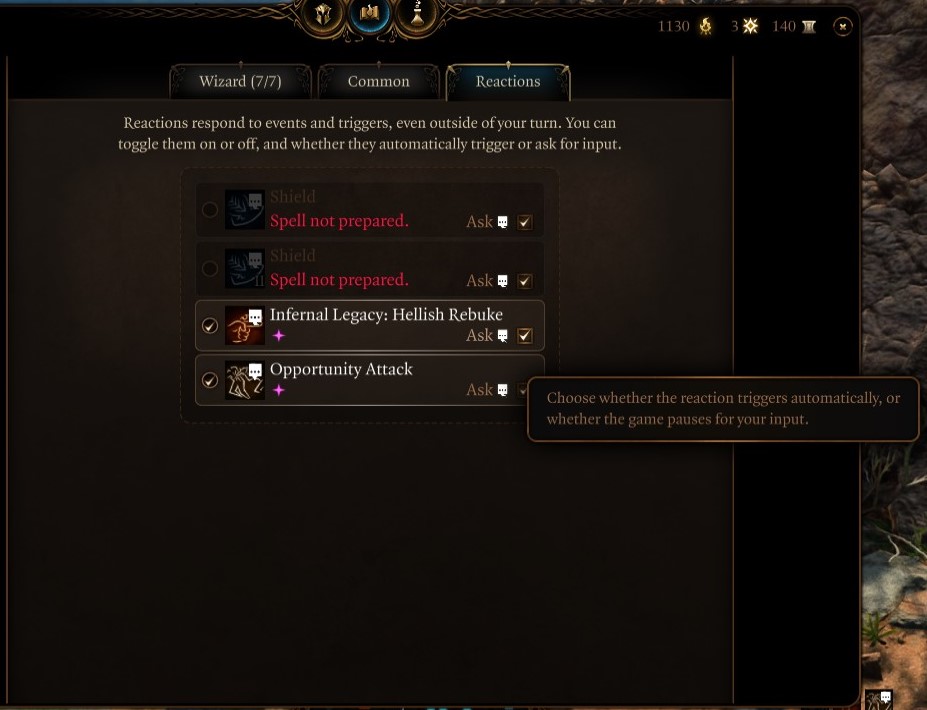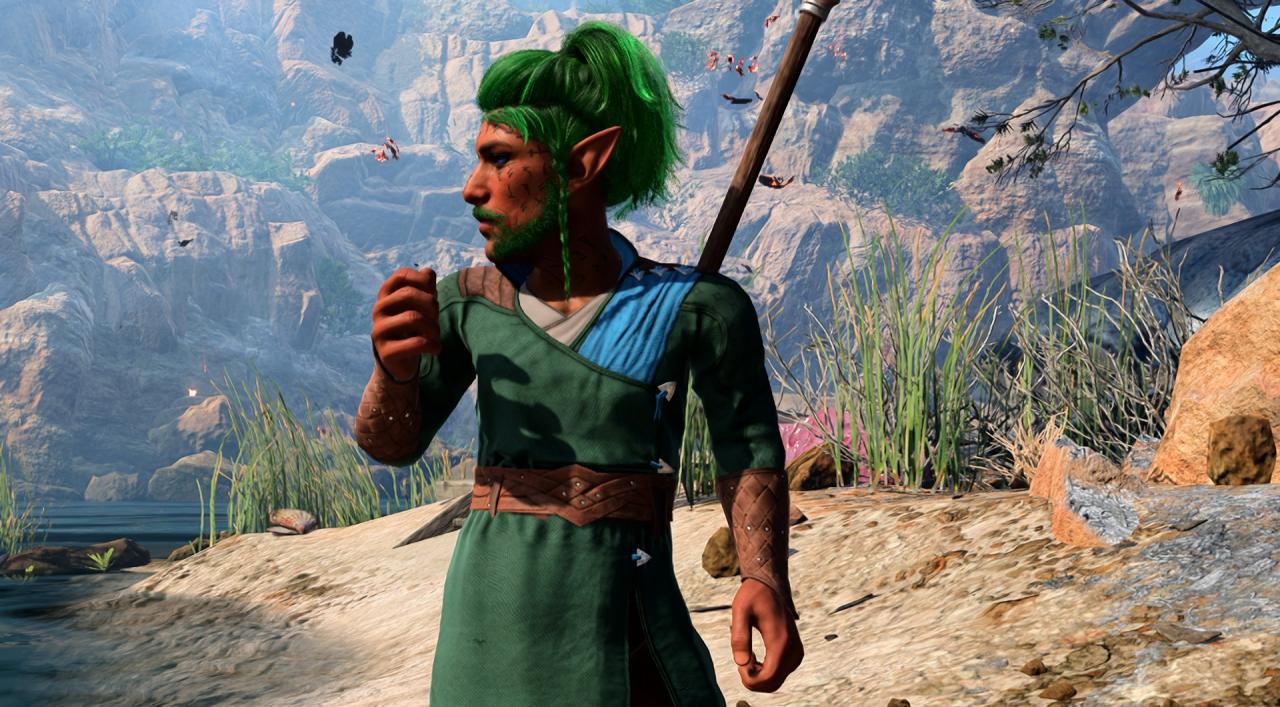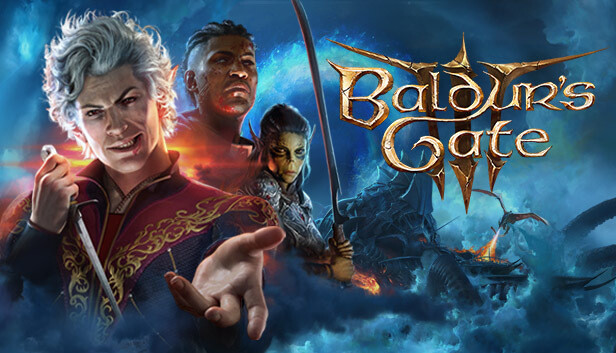For Baldur’s Gate 3 players, this guide will show you info on how attacks work in Baldurs gate 3 and its version of 5e rules.
Extra attacks
Fighter classes (Fighters, Paladins, Barbarians, Rangers, and Monks) get a 2nd (Extra Attack) at level 5 as well as the Pact of the Blade Warlock.
The Swords Bard and the Valor Bard get extra attacks at level 6.
Furthermore, the fighter gets another extra attack at level 11.
One can only use one’s 2nd and 3rd attacks if one uses attack as one’s main action.
(If you use a speed potion or the Haste spell later on, you can get 1 more attack.)
Example.
A level 5 barbarian can swing twice at an opponent with the main-hand weapon.
If the barb is wielding another weapon off-hand, the barb gets another weapon attack with the off-hand, which uses up the bonus action.
If the barb is wielding a 2-handed weapon, the barb only gets 2 attacks (a normal attack and an extra attack at level 5).
Bonus attacks and two-handed fighting
In most cases, dexterity-based builds like Rogues use this setup because they only ever get 1 attack and can have a second one with their off-hand if they choose so.
Reaction and Opportunity attack
One possible condition under which a player can use this reaction is when an opponent tries to flee from your immediate vicinity.
If you are in threat range (you can reach your opponent with your melee weapon),
You get an opportunity attack if the opponent tries to jump away or move away from you.
Spells such as Misty Steps, Teleport, and Dimension Door do not offer opportunity attacks.
This is basically one free attack with your main weapon that you can execute.
You can set it to ask if you want to react or just auto-react in the reactions page in your spell book.

Opportunity attacks are always limited to one strike.
You never get more than one reaction per round, per toon.
That means if two enemies try to run away from your barbarian, you can only smack one of them.
Feats
When you land a critical hit or kill a target with a melee weapon attack, you can make another melee weapon attack as a bonus action in that turn.
Attacks with heavy melee weapons you are proficient with can deal an additional 10 damage at the cost of a -5 attack roll penalty. (You can toggle this on and off.)
Dual Wielder
You can use two-weapon fighting even if your weapons aren’t light, and you gain a +1 bonus to armor class while wielding a melee weapon in each hand.
You cannot dual-wield heavy weapons.
Mage Slayer
When a creature casts a spell within melee range of you, you have advantage on any saving throw against it, and you can use a reaction to immediately make an attack against the caster.
Enemies you hit have a disadvantage on concentration-saving throws.
Polearm Master
When attacking with a glaive, halberd, quarterstaff, or spear, you can use a bonus action to attack with the end of your weapon.
You can also make an opportunity attack when a target comes within range.
Sentinel
When an enemy within melee range attacks an ally, you can use a reaction to make a weapon attack against that enemy.
The target ally must not have the Sentinel Feat.
You gain advantage on opportunity attacks, and when you hit a creature with an opportunity attack, it can no longer move for the rest of its turn.
Difference between 5e and BG3 rule set
Notes.
Thanks to the non-toxic community for the idea.
-S-

Related Posts:
- Baldur’s Gate 3 Bonus Actions & Feats with Reactions
- Baldur’s Gate 3 Basic Principles of Tactical Combat
- Baldur’s Gate 3 – The Eldritch Barbarian Build Guide
- Baldur’s Gate 3 Abjuration Warlock Protoss Armor Guide
- Baldur’s Gate 3 – Tips & Tricks
